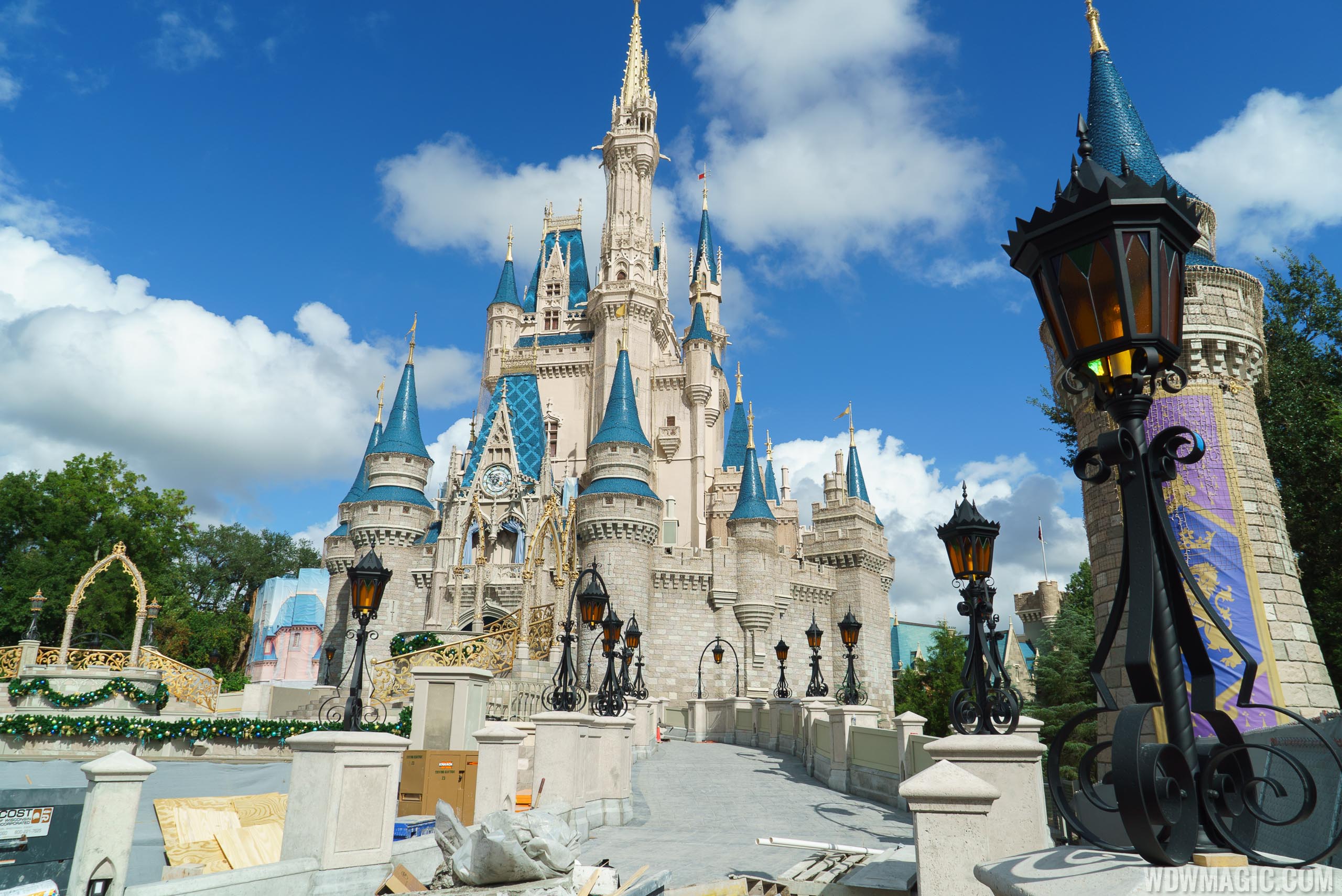

This duty created friction during her reign, but it made her different from any other European monarch and, paradoxically, kept her modern. A child of empire, European supremacy, and the old order-even the old faith, Anglican Christianity-she came to see it as her solemn duty to represent all the peoples and religions of the Commonwealth. She became Queen to a multitude of realms. In doing so, she became the focus of something akin to a secular religion, the royalist historian David Starkey has noted, a form of “ British Shintoism,” according to others such as Philip Murphy, a professor of British and Commonwealth history at the University of London.Įlizabeth Alexandra Mary Windsor was born on April 21, 1926, as a princess to not simply a king but an emperor. Princess Elizabeth had been enlisted to ask for it, to do her duty-a task she would perform for decades to come.ĭuring her reign, she weathered an array of crises, from her clashes with Margaret Thatcher to her mishandling of the death of Diana, Princess of Wales. The Old Country was in trouble and needed help. Here was the vulnerability at the core of Princess Elizabeth’s address. Read: How The Crown, and its clothes, transform power “I am sure that you, too, are often thinking of the Old Country.

But then she turns to the central thrust of the message: a plea. “All the new sights you must be seeing, and the adventures you must be having,” she says, as if reading an exciting bedtime story. In her clipped but childish tones, the young Elizabeth marvels at the lives being led in these far-flung corners of the world. Ostensibly, her message was to the children evacuated to the British countryside and to the Greater Britain that then existed beyond the seas, to evade German aerial bombardment of cities. The world that existed then faced the prospect of a Nazi-dominated Europe. Hers would be an age not of world war and European empires, but of imperial retreat and American expansion of the Cold War and the apparent end of history of nationalism and globalization of the space race and the internet.įor the 14-year-old princess, none of this was visible that day in 1940. The recording offers a glimpse of a time and place that is gone, as well as the first look at this representative of a new age, the age of Elizabeth. Elizabeth and her sister, Margaret, had traveled with their parents to record a message for the BBC that would be broadcast to “the children of the empire,” as well as children in the U.S. At the time, the British empire was standing alone against Nazi Germany: France had been crushed, the Soviet Union had made a deal with Hitler, and the United States remained aloof from World War II. In October 1940, a teenage Princess Elizabeth gave the first of what would be a lifetime of public speeches designed to move, embolden, and steady the nerves of an imperiled empire.
#My kingdom for the princess cool math games archive
Queen Elizabeth II during a Commonwealth visit to the Caribbean, March 1966 (Express / Hulton Archive / Getty) 1. Even as her nation’s influence shrank, the world embraced her. And she did so in a way that brought more harmony than discord. When the Queen devoted her whole life to the service of Britain’s “great imperial family,” she meant it and honored it. The Queen’s great achievement was to honor the commitment she made to an imperial nation and its empire as a princess even as it became a multiethnic state and a Commonwealth. Queen Elizabeth was a constitutional monarch, not a political leader with real powers, and one who was required to serve an ever-changing set of realms, peoples, institutions, and ideas that were no longer as obviously compatible as they had been when she ascended to the throne.

She was in a sense a democratic Queen, a progressive conservative, an aristocratic multiculturalist. She was the product of ancestral inheritance but was more popular than any of her prime ministers and remained head of state in countries around the world because of public support. But it is not simply her longevity that marks her for greatness, but her ability to stay relevant as the world changed around her. At the time of her death, at Balmoral Castle today, she had served 70 years as Queen-the longest of any sovereign in the English monarchy’s 1,000-year history. Q ueen Elizabeth II’s longevity alone places her in the pantheon of royal greats.


 0 kommentar(er)
0 kommentar(er)
